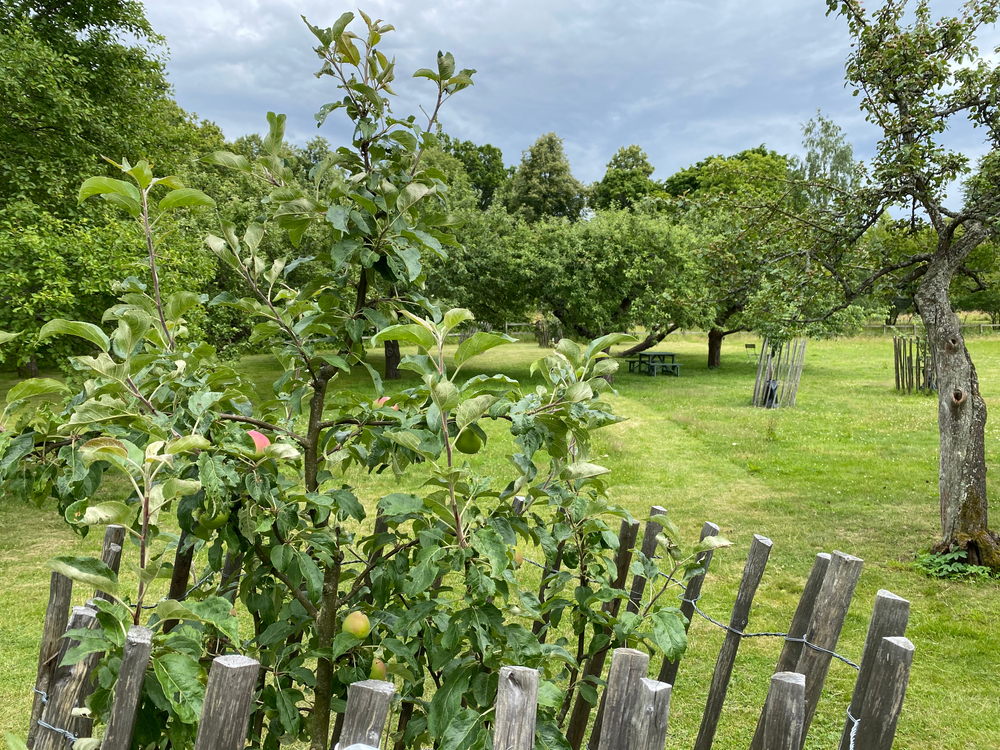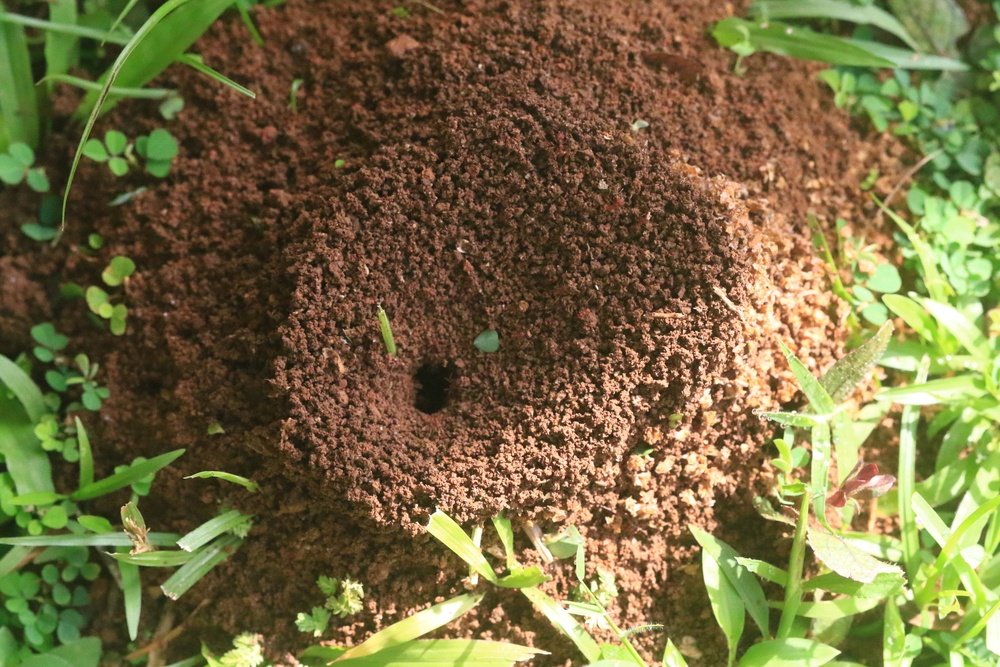Table Of Content
- Save time & money as you build your homestead with my FREE library of ebooks & resources!
- mature yields. These data assume a well-managed system and are not from Montana orchards.
- Plum Trees
- How To Layout Fruit Tree Orchard Design For Backyard
- What Are Apple Orchard Trellis Systems?
- Espalier or Trellis Layout

Lastly, creating maintenance and harvesting zones within the orchard is crucial for efficient orchard management. These zones provide designated areas for various activities such as pruning, thinning, and overall tree maintenance. By allocating specific areas for these tasks, growers can ensure that the necessary maintenance activities are carried out systematically and at the appropriate times. Additionally, fruiting time zones can help in managing pest and disease issues.
Save time & money as you build your homestead with my FREE library of ebooks & resources!
While not technically a fruit tree, nut trees are a great addition to a homestead orchard. They produce nutrient-dense nuts (how long do nuts last?) that are packed with healthy fats and protein. Some great nut trees to consider include pecan, walnut, and hazelnut. Plum trees produce sweet, flavorful fruit that can be eaten fresh or processed into jams, jellies, and other treats. They’re also relatively easy to grow and can be an excellent addition to any homestead orchard. Japanese plums like Santa Rosa and Beauty are great choices, as are European varieties like Stanley.
mature yields. These data assume a well-managed system and are not from Montana orchards.

Some fruit trees thrive in well-draining sandy soils, while others prefer loamy or clay soils. Amazingly, no fertilizer has been used on Stefan’s orchard since 2007, and the fruit trees keep giving as much yield as conventionally grown trees. In Stefan’s case, N- fixers are Honey Locusts, and they also act as trellising for vines, kiwi, and grapes. The primary goal is to increase diversity while providing a diversity of crops and to reduce or eliminate the use of fertilizers and pest and disease control products.
Plum Trees
The permaculture garden, often seen on allotments and organic farms, and the multipurpose orchard. Having grass or bare soil under the trees is a classic feature which allows easy maintenance. This creates space for pruning, treating for insects, and fruit collection. In temperate, non-tropical regions, garden orchards were traditionally placed near bodies of water to try and limit exposure to frost. Fruit trees were laid out in a rectangular grid-like formation adapted from the designs used in medieval monasteries.
How To Layout Fruit Tree Orchard Design For Backyard
Designing Dinner: Lessons From Ellen Ecker Ogden's Kitchen Garden - Seven Days
Designing Dinner: Lessons From Ellen Ecker Ogden's Kitchen Garden.
Posted: Tue, 05 Jul 2022 07:00:00 GMT [source]
If you live in a northern region, spring planting is best so that the trees aren’t forced to go into dormancy right away. You’ll get the best fruit by planting your fruit trees in the sunniest places of your yard unless you live in a climate where temperatures are regularly above 110 degrees in the summer. Speaking with local fruit growers, your closest university’s extension office, and nearby nurseries will give you a sense of what your region can support.
What Are Apple Orchard Trellis Systems?
Pest and disease management is a critical aspect of orchard management, and creating dedicated zones for pest and disease management can greatly enhance control efforts. By grouping trees with similar susceptibility to specific pests or diseases, growers can implement targeted and timely control measures to minimize damage and maintain tree health. Understanding the compatibility between different fruit tree varieties is essential for effective orchard management. Some trees are self-fertile and can pollinate themselves, while others require a different cultivar for cross-pollination.
Or late winter/early spring if transplanting 3- to 4-year-old potted saplings. Simply put, there are four steps to establishing a permaculture orchard – 1. But there is much more to it if you want to adopt the permaculture orchard model and adapt it to your situation. Although there were 4000 apple trees in the orchard already, in the first two years of owning the farm, he sadly lost 1000 of them.
Thinning cuts should be made at the edge of the branch, leaving the collar intact. The amount of pruning, of course, will depend on the condition of the tree. Keep in mind that it took several years for neglected trees to develop; it is often easier to take two or three years to rejuvenate them than to attempt it all in one year. They often appear as a network of crowded, twisted and overlapping branches. There may be several large, tall primary branches arising at narrow angles, close to each other. Low side branches may be sparse, absent or “deer pruned” to head height.
Pono Grown Farm Center Offers Fruit Tree Orchard Series - Maui Now
Pono Grown Farm Center Offers Fruit Tree Orchard Series.
Posted: Thu, 23 Jul 2015 07:00:00 GMT [source]
The arrangement of the trees will largely be determined by the shape and features of the site, and will vary from site to site. Traditionally, orchards are planted in a grid formation, in rows of trees from North to South to maximise how much sun reaches each tree. Some open, sunny urban sites with good soil will allow for this (if indeed you desire this rather rigid, man-imposed order! Some prefer curves…). Others will be clusters of trees here and there where suitable ground allows (this is more typical of estates that have myriad pieces of grassy land scattered around). Ideally there should be at least 2ft of soil before you hit any solid substrate like rock, concrete foundations etc. Trees planted in shallow soils may need staking permanently to stop them falling over in the wind, as will many dwarf rootstocks.
The goal of advance planning and site preparation is to ensure early and regular crops of high value fruit for the 15 to 30 year life of an orchard. Preplant use of sustainable management practices guarantees that a site will support the current orchard and generations to come. Plan to plant out bare root trees as soon as possible after getting them. If you need to wait a few days, keep the roots wrapped and moist or consider “heeling in” the roots by covering them with a few inches of damp soil or sawdust first. About 2-3 weeks before sowing seedlings, fill some potting soil cones into the holes.
This layout involves training the trees to grow against a wall, fence, or trellis in a flat, two-dimensional manner. The espalier layout is perfect for small gardens or urban settings where space is limited. It allows for maximum fruit production in a confined area, making it an ideal choice for those with limited space. Additionally, the espalier layout provides easy access to the trees for pruning, maintenance, and harvesting. The climate and growing conditions play a crucial role in the success of your fruit tree orchard. Different fruit trees have specific temperature and climatic requirements for optimal growth and fruit production.
As with many models I have described before, Miracle Farm is located relatively close to the target market, in this case, close to the million-and-a-half people living in Montreal. I wrote about Stefan previously, but his model deserves an in-depth explanation. His orchard took 22 years to establish, and to be honest, it wasn’t always rosy for Stefan.
This is because a secondary (potential) reason to have the orchard is to perhaps sell at the local farmer’s market after a handful of years. We try to always have gardens and animals here at our farm pull double duty in some way. For example, some peach varieties do better in warmer climates, while others are better suited for colder regions. Once you have a good idea of which trees will thrive in your area, you'll be able to make more informed decisions about which trees to plant. Apple trees, for example, are self-sterile, meaning they need pollen from another apple tree to produce fruit.
You can also use walls or fences and espaliering some of the fruit trees. An espaliered tree is a tree that you will prune in such a way that it fans out over the wall or fence. A preferred orchard soil is a deep (at least 3 ft), well-drained and aerated loam. Detailed soil appraisals should be conducted several years in advance of planting.
We also advise you to take into account the trees’ resistance to disease, so that you can keep pesticide treatments to a minimum. If you’re planting apple trees, for example, make sure they are spaced at least 10 feet apart to give them ample room for growth. Plant them in early spring, when the ground has thawed and the soil is still moist. Dig a hole that is twice as wide as the root ball, and deep enough to accommodate the tree's roots.
If not, you can contact your local extension agency for resource recommendations for the trees in your region. No two people prune the exact same way, and it’s okay just to jump in. Make sure your tree planting site has irrigation access so that you can nurture your trees through any dry spells. A time-tested way to assess your drainage is the “hole test.” Dig a one-foot hole at your planting site and fill it with water.












